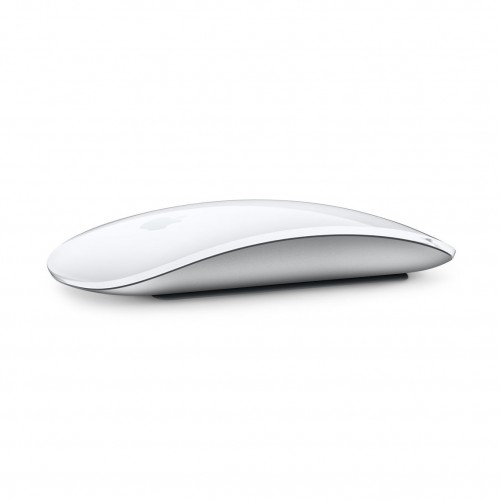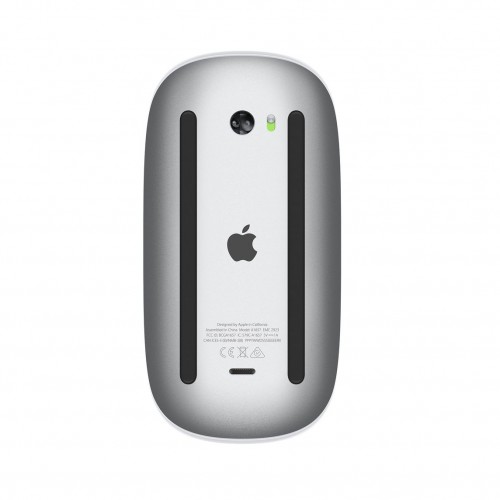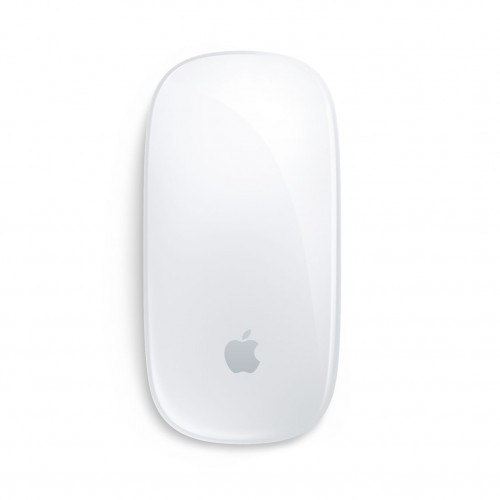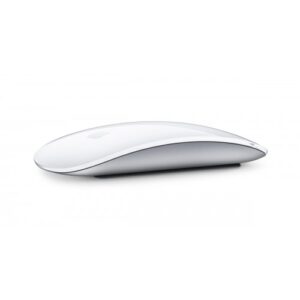Key Specifications and Features of USB-C to Lightning Cables
USB-C to Lightning cables have emerged as pivotal accessories for a variety of devices, primarily due to their compatibility with both Apple and other USB-C enabled technologies. One of the primary specifications to consider is the connection type; these cables provide a secure fit via Lightning ports, commonly used in iPhones and iPads. Additionally, they support USB-C connections that are increasingly prevalent among recent electronic devices, allowing for rapid data transfer and charging capabilities.
In recent years, wireless capabilities have also gained traction, with Bluetooth technology allowing for data exchanges without the need for physical cables. However, it is crucial to note that USB-C to Lightning cables remain essential for rapid charging and data transfer, as Bluetooth connections may not offer the same efficiency, particularly for larger files or when quick device charging is required.
When choosing a USB-C to Lightning cable, cable length is often a significant factor. These cables typically come in multiple length options, generally ranging from 1 meter to 2 meters or even longer. Shorter cables are ideal for travel or tight spaces, while longer cables provide greater flexibility and ease of use, making them well-suited for charging from a distance or when connecting to innovative stations like docks and hubs.
Physical specifications such as color, dimensions, and weight can also influence consumers’ choices. While many cables are available in sleek, understated colors, some users may prefer distinctive styles that match their devices. The weight and flexibility of the cable design often affect portability, ensuring that users can easily carry their cables without inconvenience.
Finally, warranty information is of vital importance. Many manufacturers provide warranties ranging from one year to several years, offering consumers assurance regarding the durability and reliability of their cables. Understanding these specifications and features is essential for making an informed decision when purchasing USB-C to Lightning cables.
System Requirements and Compatibility for USB-C to Lightning Cables
To ensure optimal performance when using USB-C to Lightning cables, it is essential to be aware of the system requirements and device compatibility. These cables are designed primarily for Apple devices, which necessitates a thorough understanding of the minimum specifications required for seamless functionality. One critical aspect is that the devices must be Bluetooth-enabled, resulting in a reliable wireless connection for syncing and charging.
For users of macOS, the minimum operating system requirement is macOS X 10.11 or later. This compatibility ensures that your Mac can effectively recognize and utilize the USB-C to Lightning cable for data transfer and power delivery. It is also important to keep your operating system updated, as each new release often includes enhancements that optimize performance and security. In the realm of iOS devices, the introduction of iPadOS 13.4 or later is mandatory for iPads using a USB-C to Lightning cable. This ensures that users can take full advantage of the cable’s capabilities, including faster data transfer rates and improved charging efficiency.
The performance of USB-C to Lightning cables can vary based on the device and the operating system. For instance, pairing these cables with older devices or outdated software versions can lead to slower charging times and reduced data transfer speeds. Therefore, it is advisable to verify compatibility before making a purchase. Understanding these requirements will not only aid users in selecting the correct cable but will also enhance the overall usability and efficiency of their devices.
By being informed about the system requirements and ensuring device compatibility, users can maximize their experience with USB-C to Lightning cables, thus enjoying improved connectivity and charging capabilities across their Apple devices.







